Home>Articles>How Much Fabric Is Needed To Make A Quilt Backing
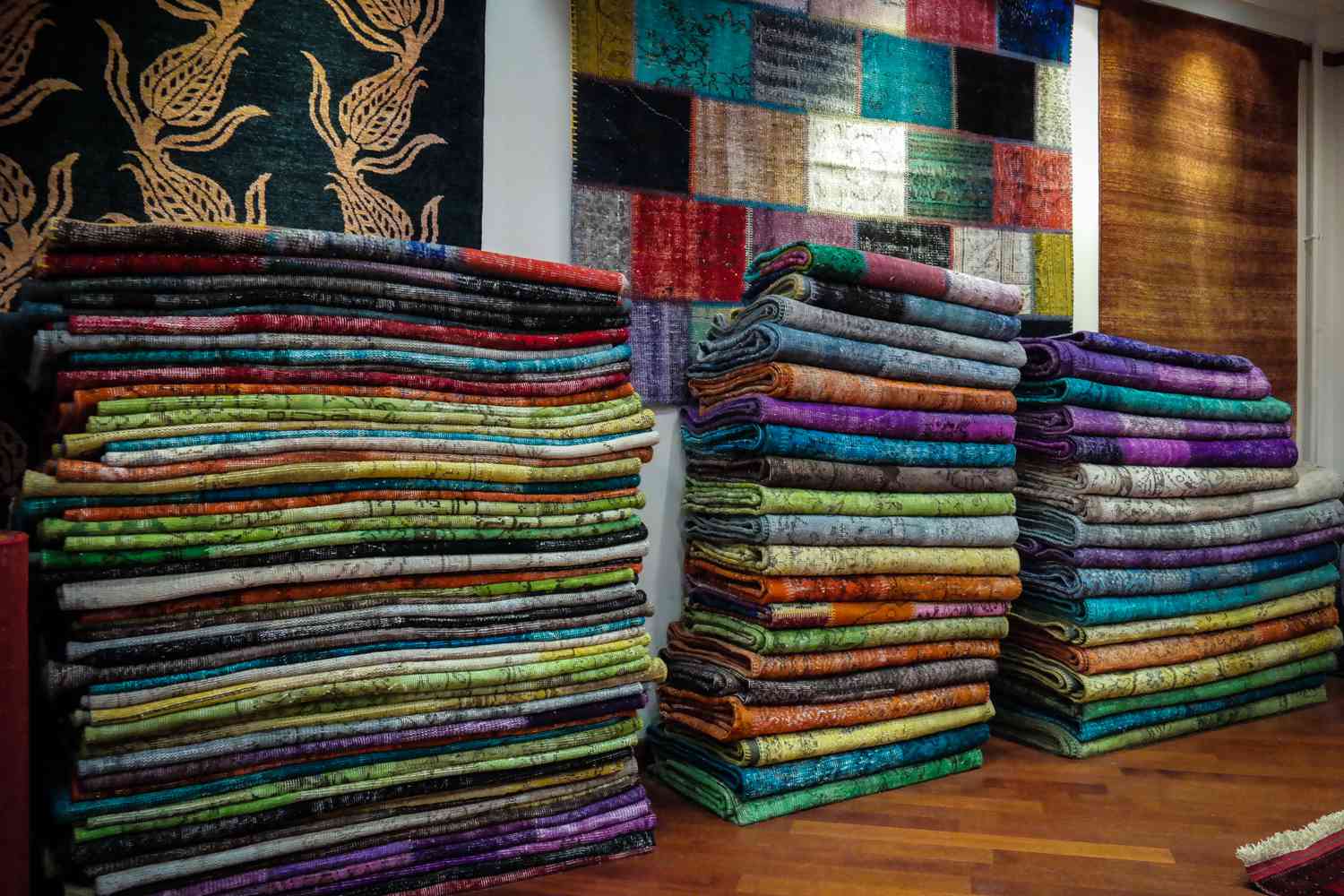

Articles
How Much Fabric Is Needed To Make A Quilt Backing
Modified: February 24, 2024
Discover how much fabric you'll need for quilt backing with our helpful guide. Read our articles on 108 inch fabric measurements and calculations.
(Many of the links in this article redirect to a specific reviewed product. Your purchase of these products through affiliate links helps to generate commission for Storables.com, at no extra cost. Learn more)
Introduction
When it comes to quilting, one of the most important aspects is the quilt backing. The backing not only adds stability to the quilt, but it also gives it a finished look. However, figuring out how much fabric is needed for quilt backing can be a bit tricky. Many factors need to be considered, such as the quilt’s size, the fabric width, and the desired amount of overhang.
In this article, we will explore the process of determining how much fabric is needed for quilt backing. We will break down the steps involved in measuring the quilt, calculating the fabric requirements, and discuss factors that should be taken into consideration. Additionally, we will offer some recommended techniques for piecing the backing fabric together for larger quilts.
Whether you are a beginner looking to complete your first quilt or an experienced quilter seeking a refresher, this article will provide you with the information and guidance you need to accurately determine the amount of fabric required for quilt backing. So, let’s dive in and unravel the mystery of quilt backing measurements!
Key Takeaways:
- Ensure a polished quilt by accurately measuring, considering fabric width, and desired overhang. Don’t forget extra fabric for mishaps and employ recommended piecing techniques for a professional finish.
- Understanding quilt backing is crucial for a successful quilting project. Consider quilt size, fabric width, and pattern alignment, and use recommended piecing techniques for a visually appealing and durable quilt.
Read more: How Much Fabric Is Needed For A Quilt
Understanding Quilt Backing
Before delving into the details of measuring and calculating fabric requirements for quilt backing, it is essential to understand the purpose and significance of quilt backing. The quilt backing serves as the foundation for the quilt top and provides stability, durability, and a polished finish to the overall design.
Quilt backing is typically a single piece of fabric that covers the entire back surface of the quilt. The choice of fabric for the backing can greatly impact the final look and feel of the quilt. It is common to select a fabric that complements the colors and themes of the quilt top, creating a harmonious and cohesive visual appeal.
Quilt backing fabric comes in various widths, typically ranging from 42 to 108 inches. The wider the fabric, the fewer seams are required when piecing the backing together. However, wider fabrics may have limitations in terms of design choices and availability.
When selecting quilt backing fabric, it is essential to consider its composition and quality. The fabric should be sturdy enough to withstand the wear and tear of use and washing. It should also be pre-washed to avoid any shrinkage or color bleeding after the quilt is completed.
Understanding the role and characteristics of quilt backing will help ensure that you make informed decisions regarding the fabric selection and measurements for your quilt project. Now that we have grasped the basics, let’s move on to the next step: measuring the quilt.
Measuring the Quilt
Accurate measurements are crucial when determining how much fabric is needed for quilt backing. To measure the quilt effectively, it is recommended to use a measuring tape or a yardstick for precise results.
Start by laying the quilt flat on a smooth surface, ensuring it is free from any folds or wrinkles. Smooth out the top and bottom layers of the quilt to create an even surface.
Begin by measuring the width of the quilt. Place the measuring tape or yardstick horizontally from one side of the quilt to the other, ensuring it is parallel to the edges. Take note of the measurement in inches or centimeters.
Next, measure the length of the quilt. Place the measuring tape or yardstick vertically from the top edge of the quilt to the bottom, again ensuring it is parallel to the edges. Record the measurement in inches or centimeters.
Once you have obtained the width and length measurements of the quilt, it is time to move on to the next step: calculating the fabric requirements for quilt backing. This will allow you to determine the amount of fabric needed for the backing.
Before we dive into the calculations, let’s explore some important factors that you should consider when determining how much fabric is needed for quilt backing.
Calculating Fabric Needs
Calculating the fabric needs for quilt backing involves a few simple calculations based on the measurements of the quilt. By taking into account the width of the fabric and the desired amount of overhang, you can determine the total yardage required.
Here’s a step-by-step guide to help you calculate the fabric needs:
- Start by determining the desired amount of overhang for the quilt backing. The overhang refers to the additional fabric that extends beyond the quilt top on all sides. Typically, a 4 to 6-inch overhang is recommended for a clean and professional finish.
- Add the desired overhang measurement to the width and length measurements of the quilt. This will give you the total width and length of the fabric needed for the backing.
- Next, consider the width of the fabric you have selected for the quilt backing. Fabrics usually come in widths ranging from 42 to 108 inches. If the fabric you have chosen is narrower than the total width of the backing, you will need to piece the fabric together to achieve the required width.
- If piecing is required, calculate the number of fabric strips needed by dividing the total width of the backing by the width of the fabric. Round up the number to the nearest whole number to ensure you have enough fabric strips.
- Calculate the length of each fabric strip by adding the desired overhang measurement to the length of the quilt.
- Multiply the length of each fabric strip by the number of fabric strips needed to determine the total length of fabric required for the backing.
- Finally, multiply the total width of the backing by the total length of fabric required to find the total yardage needed for the quilt backing.
By following these calculations, you will have a clear understanding of how much fabric is needed for the quilt backing. It is important to double-check your measurements and calculations to ensure accuracy and minimize any fabric waste.
Now that you have a grasp of the calculations involved, let’s explore some factors to consider when determining fabric requirements.
A general rule of thumb is to add 8 inches to both the length and width of your quilt top to determine the amount of fabric needed for the backing. So for a 108 inch quilt top, you would need at least 116 inches of fabric for the backing.
Factors to Consider
When calculating the fabric needs for quilt backing, there are several factors to consider to ensure that you have enough fabric for your project. Let’s take a look at these factors:
- Quilt size: The size of your quilt will directly impact the amount of fabric needed for the backing. Larger quilts will require more fabric, while smaller quilts will need less.
- Desired overhang: Consider the amount of overhang you want for your quilt backing. A larger overhang will require more fabric.
- Fabric width: The width of the fabric you choose for the backing is an important factor. A wider fabric will result in fewer seams if piecing is needed.
- Pattern or design: Take into account any repeating patterns or designs in the backing fabric. Additional fabric may be needed to match up the patterns when piecing the fabric together.
- Directional prints: If your backing fabric has directional prints, such as stripes or motifs, you may need to purchase extra fabric to ensure that the patterns align correctly.
- Mistakes and mishaps: It’s always a good idea to have some extra fabric on hand in case of mistakes or mishaps that may occur during the quilting process.
By considering these factors, you will be able to make more accurate calculations and ensure that you have enough fabric to complete your quilt backing with ease.
Now that we have covered the factors to consider, let’s move on to discussing some recommended techniques for piecing the quilt backing together for larger quilts.
Read more: How Much Backing Is Needed For A Quilt
Recommended Techniques for Piecing Backing
For larger quilts, piecing the quilt backing together is often necessary to achieve the required width. Proper piecing techniques will ensure that the backing fabric is seamlessly joined, providing a smooth and professional finish. Here are some recommended techniques for piecing the quilt backing:
- Straight seams: When piecing the backing fabric, it is essential to sew straight and even seams. Use a ruler or a quilting guide to ensure accurate and straight stitching.
- Matching seams: If your backing fabric has a pattern or design that requires matching seams, take the time to align the fabric pieces carefully. Pinning or basting the pieces together before sewing can help maintain accurate alignment.
- Pressing seams: Press the seam allowances after sewing to one side, either open or to the darker fabric. This will create a flatter and more professional finish when the quilt is quilted and completed.
- Trimming excess fabric: After piecing the backing fabric, it is recommended to trim any excess fabric from the seams. This will reduce bulk and ensure a smooth and even surface for quilting.
- Consider a center seam: If the quilt backing requires piecing, consider adding a center seam. This will help distribute the stress on the quilt during use and prevent excessive stretching or distortion.
- Backstitching: Secure your seams by backstitching at the beginning and end of each seam. This will prevent the seams from unraveling and ensure their durability over time.
By employing these recommended techniques, you can achieve a high-quality and visually appealing quilt backing for your larger quilts. Remember to take your time, measure accurately, and sew with care to ensure the best results.
Now that we have covered the techniques for piecing the backing, let’s conclude our discussion with a summary of the key points discussed.
Conclusion
Understanding how much fabric is needed for quilt backing is essential for a successful quilting project. By accurately measuring the quilt, considering various factors, and using the recommended techniques for piecing the backing, you can achieve a polished and professional finish.
Remember to take into account the size of your quilt, the desired amount of overhang, and the width of the fabric when calculating fabric needs. Consider any patterns or directional prints in the fabric, and always have extra fabric on hand for mistakes or mishaps. By considering these factors, you can ensure that you have enough fabric to complete your quilt backing with ease.
Piecing the backing fabric together for larger quilts requires careful attention to detail. Sew straight seams, match patterns or designs if necessary, and press the seams to create a flatter surface. Trimming excess fabric and considering a center seam can help distribute stress on the quilt and maintain its structural integrity over time.
Quilting is a beautiful and rewarding craft, and a well-prepared quilt backing is an integral part of creating a stunning finished piece. With the knowledge and techniques shared in this article, you can confidently calculate the fabric needs for your quilt backing and create a quilt that is both visually appealing and durable.
So, armed with this information, go ahead and delve into your quilting project with confidence. Enjoy the process of choosing the perfect fabric and piecing together a beautiful quilt backing. Happy quilting!
Frequently Asked Questions about How Much Fabric Is Needed To Make A Quilt Backing
Was this page helpful?
At Storables.com, we guarantee accurate and reliable information. Our content, validated by Expert Board Contributors, is crafted following stringent Editorial Policies. We're committed to providing you with well-researched, expert-backed insights for all your informational needs.
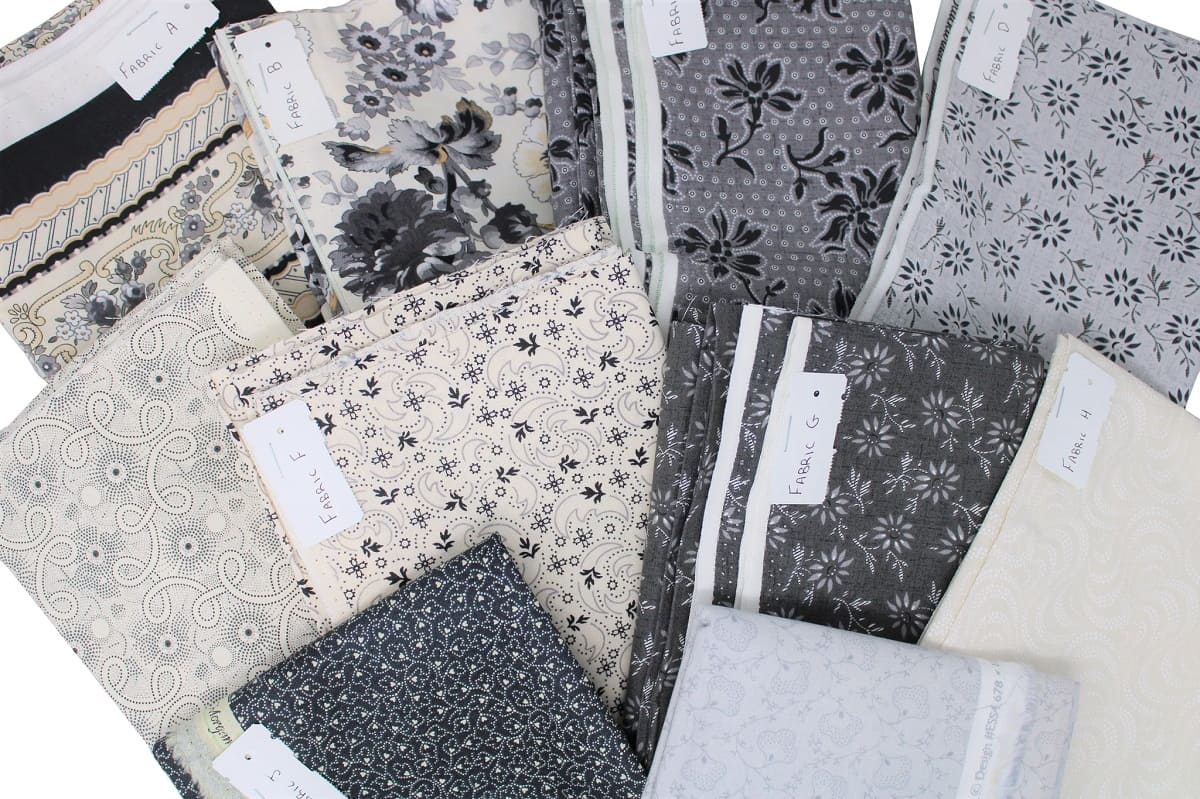
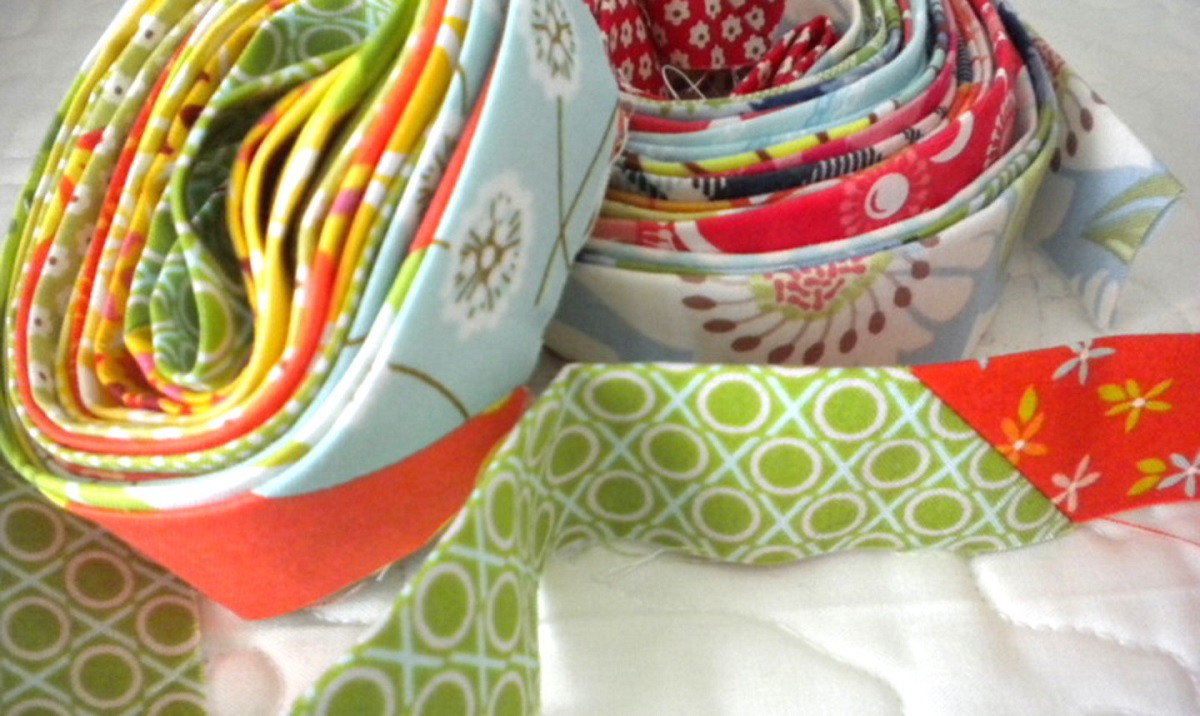
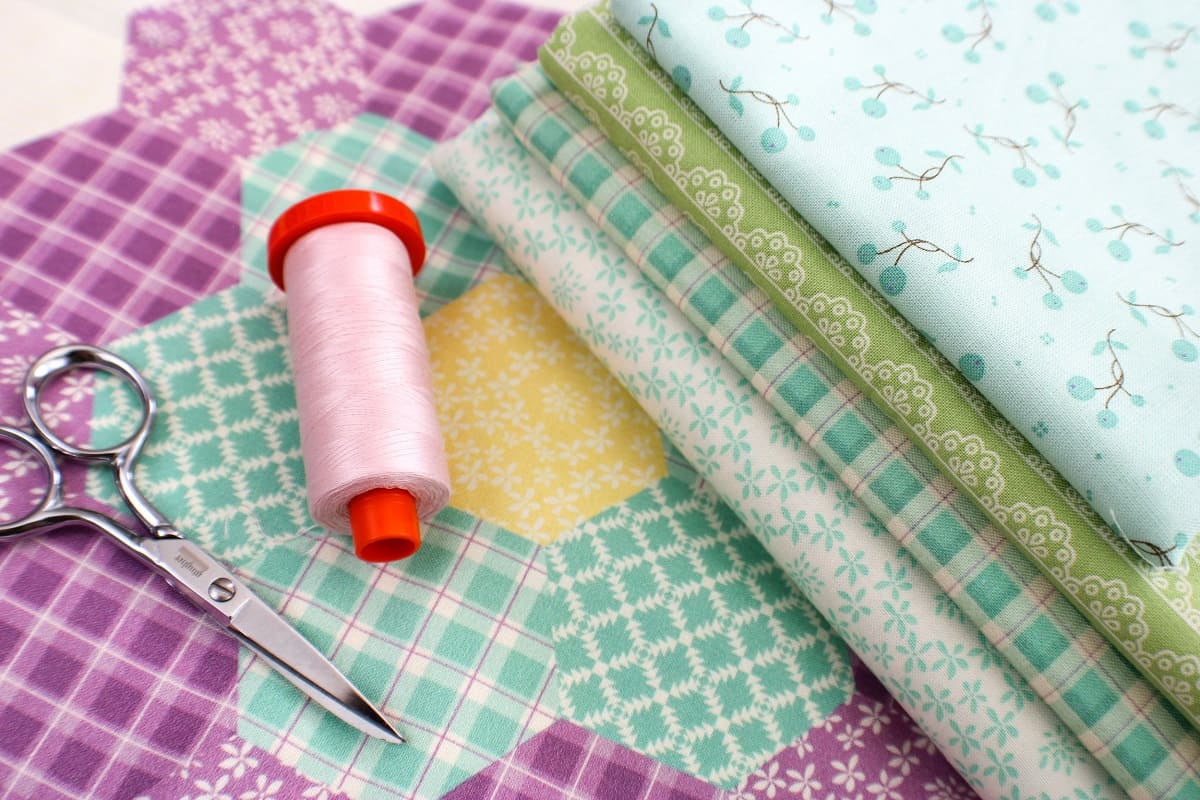
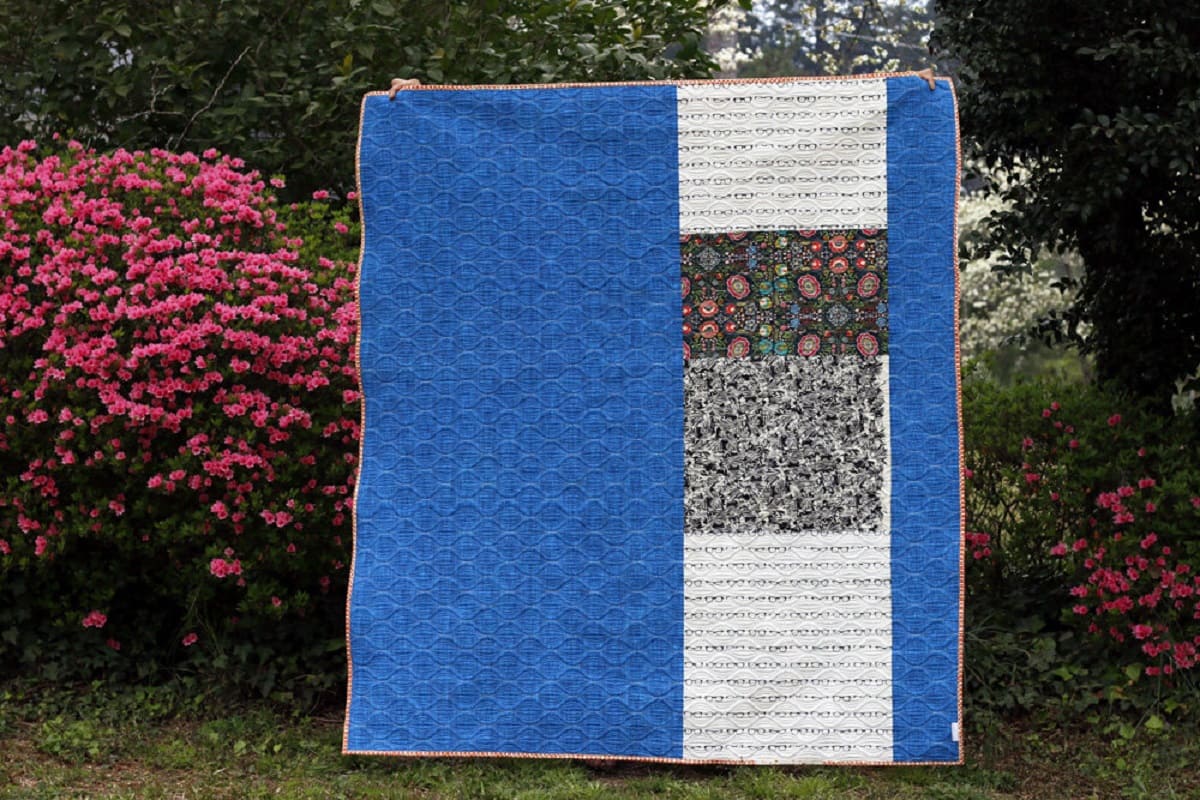
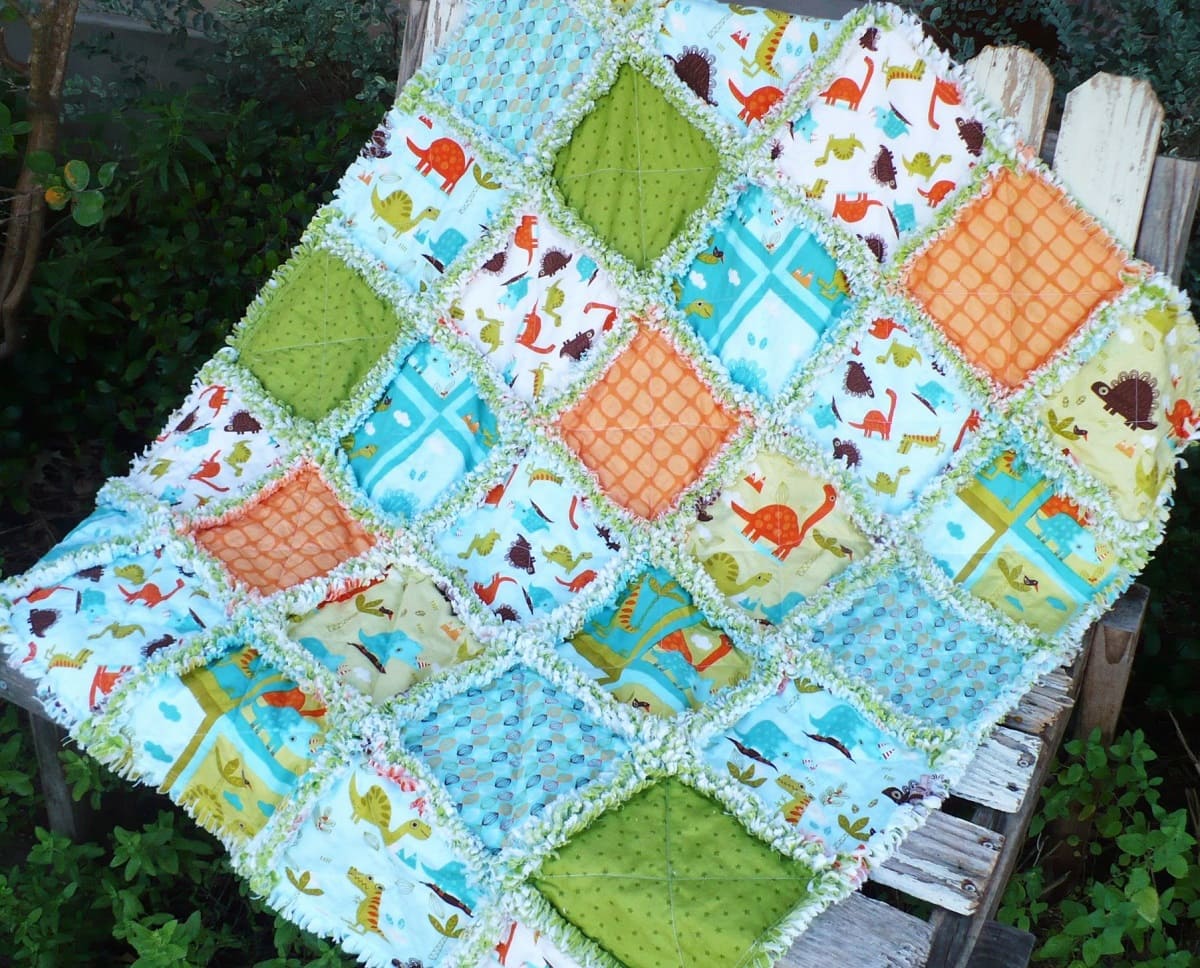
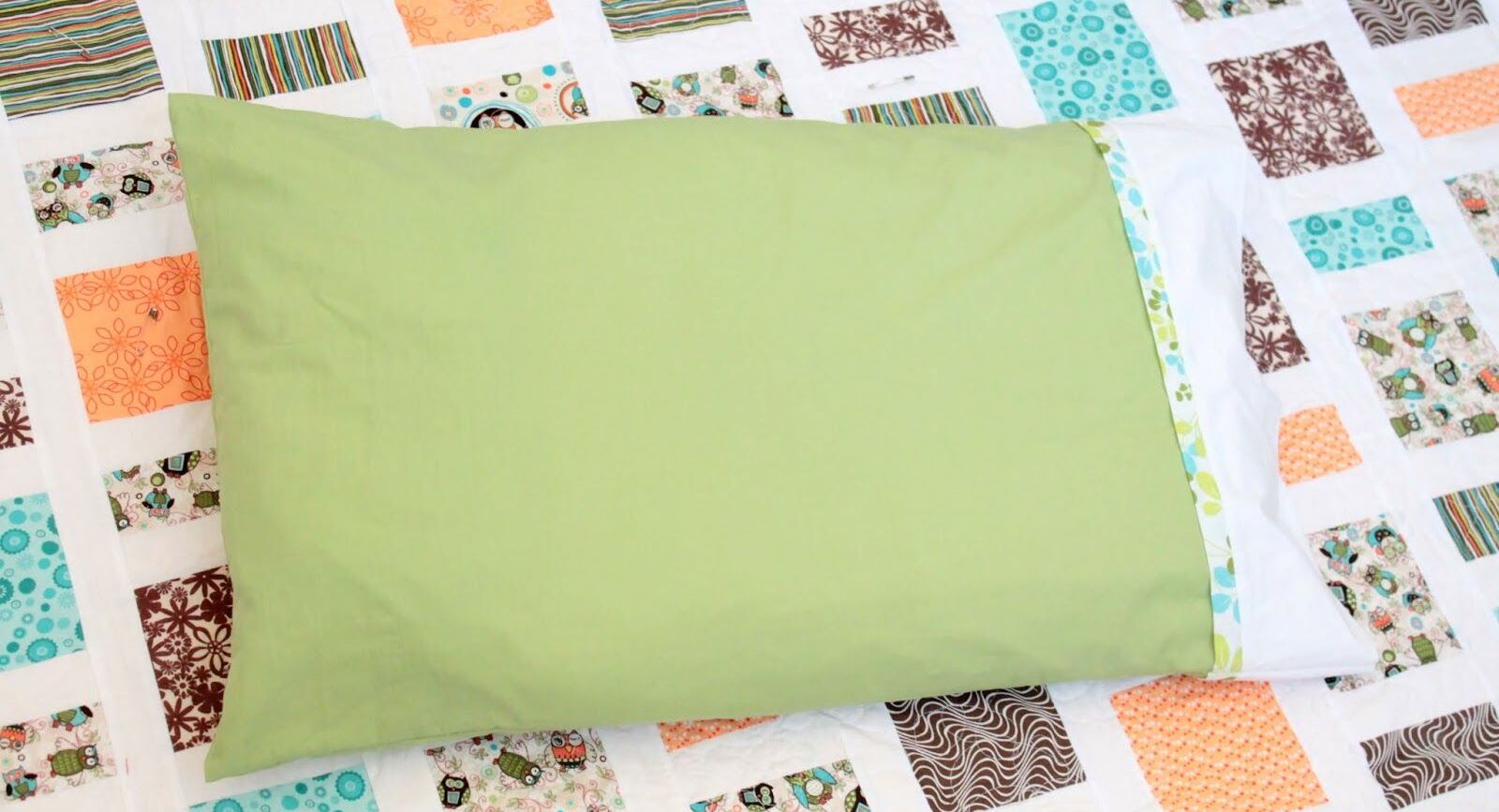
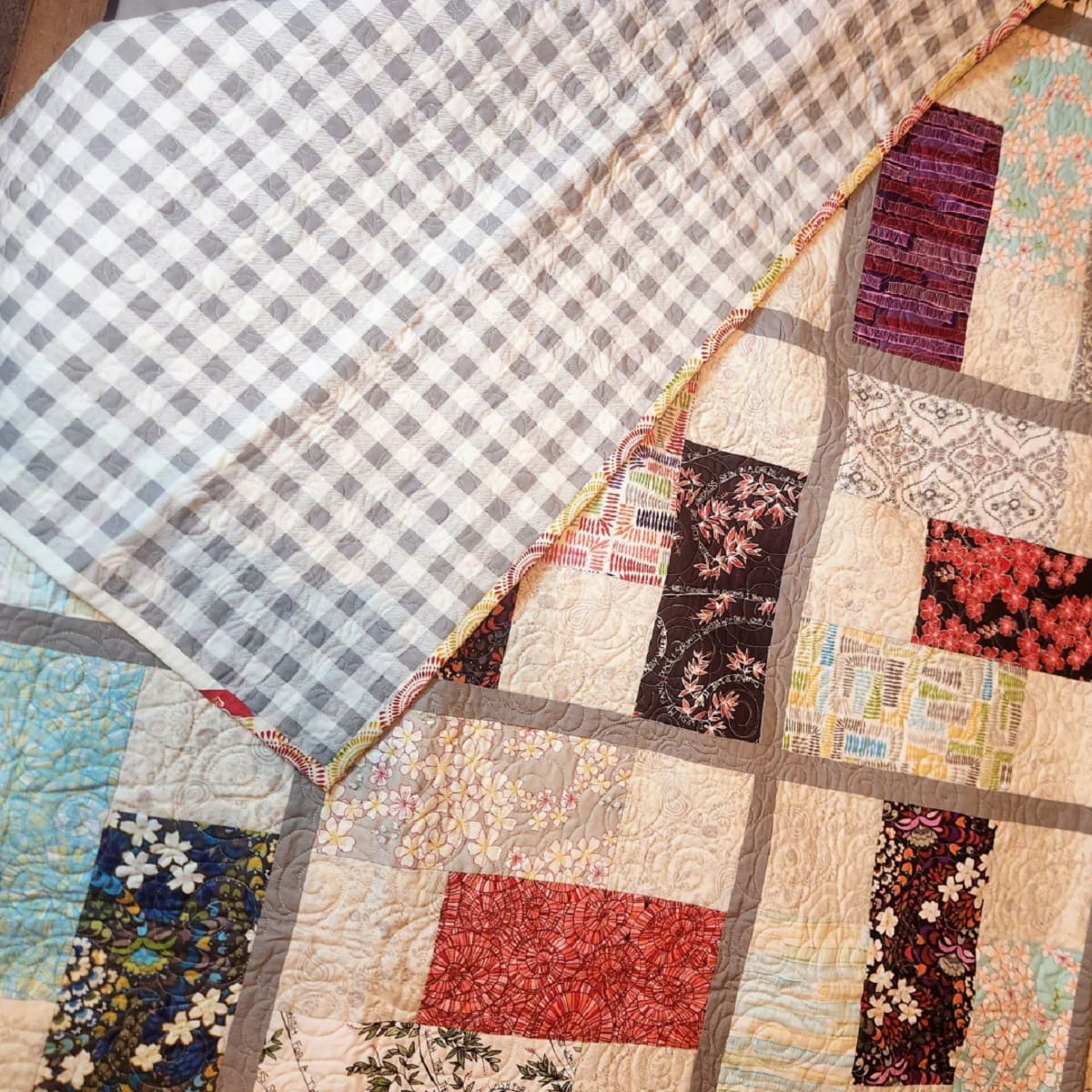
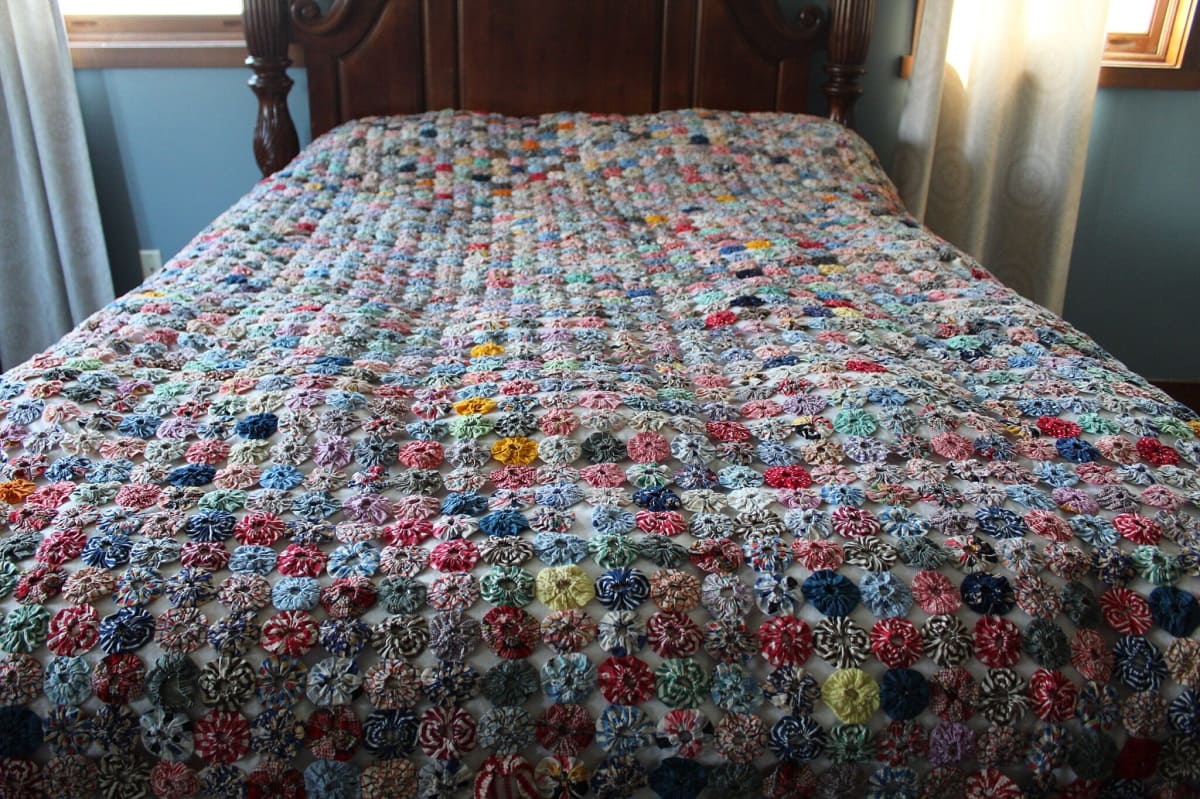
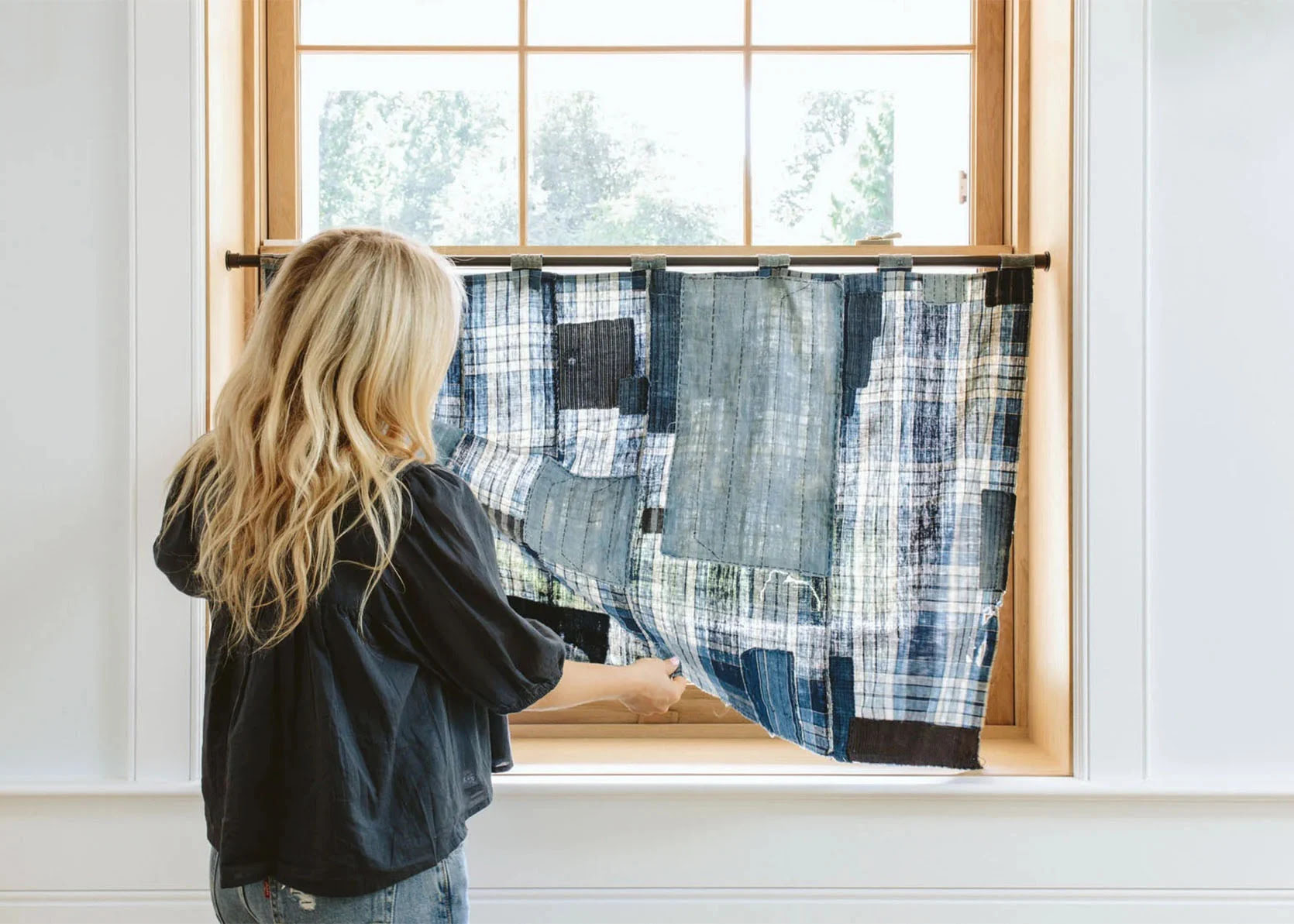
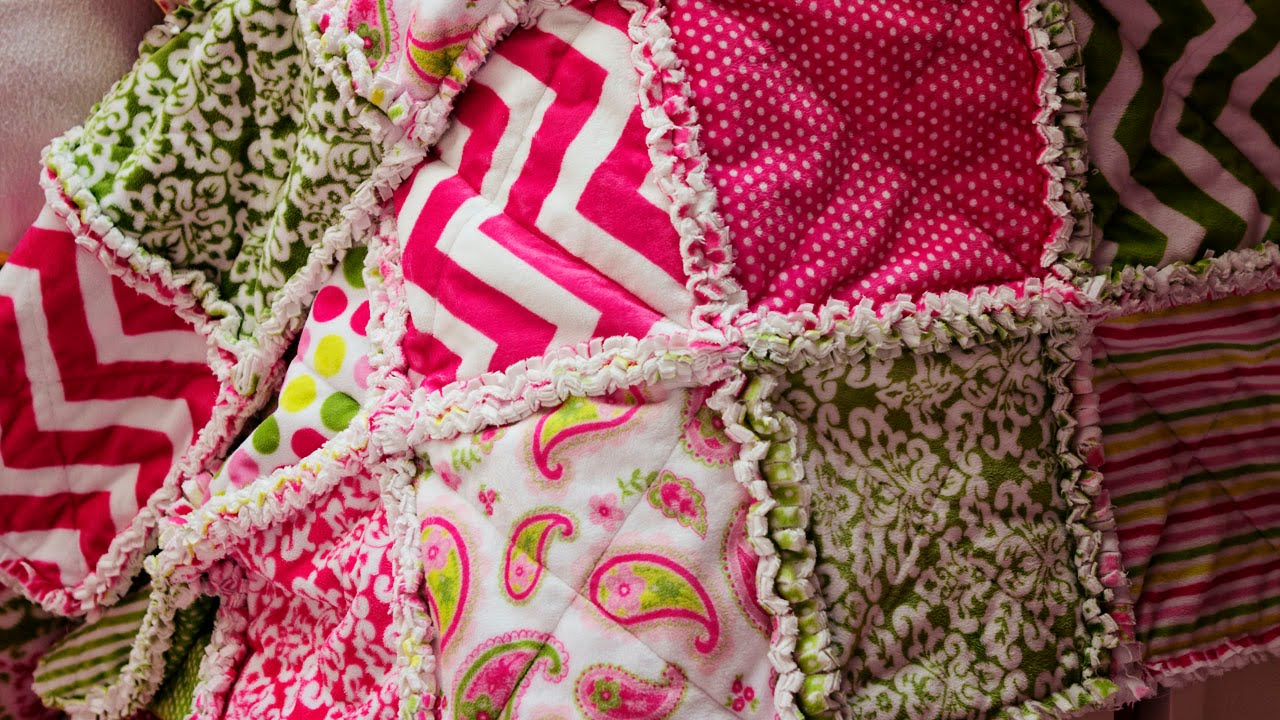
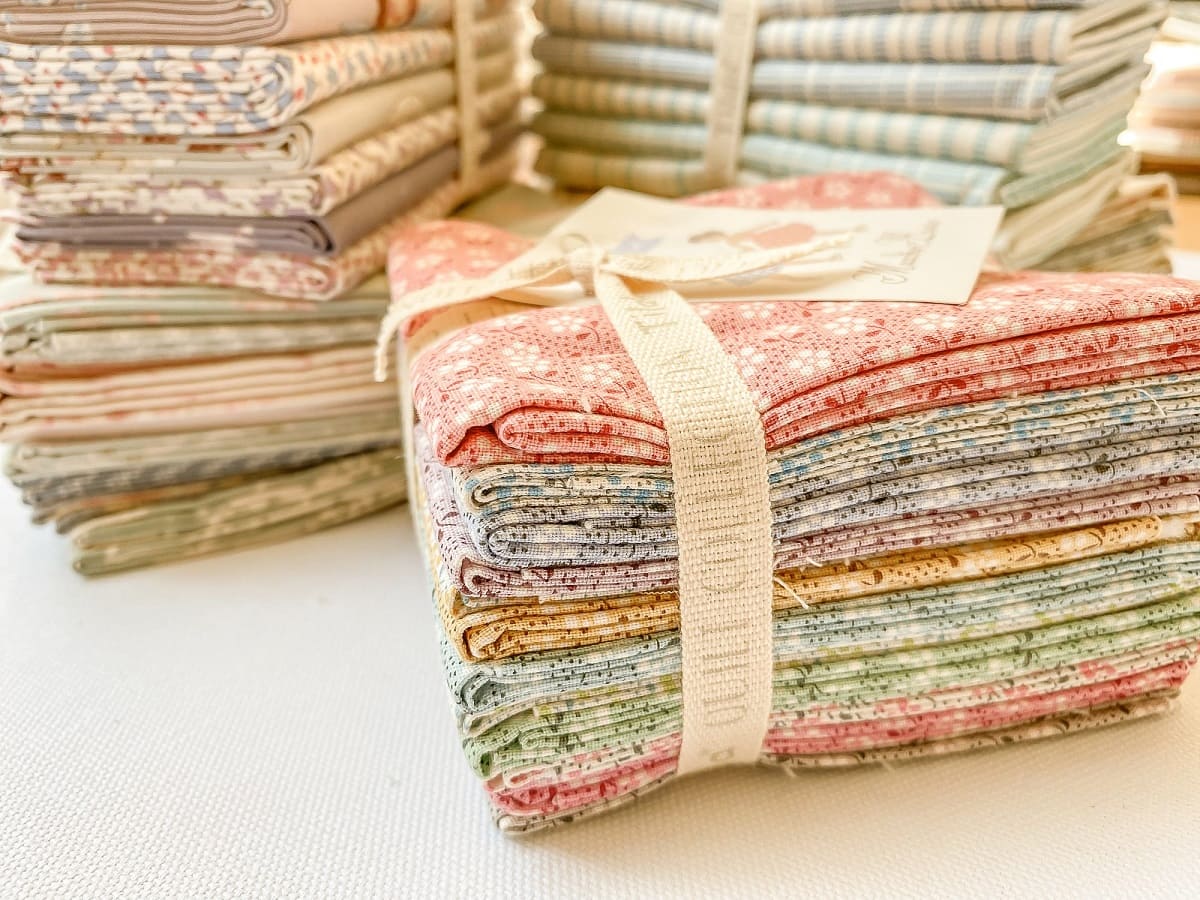
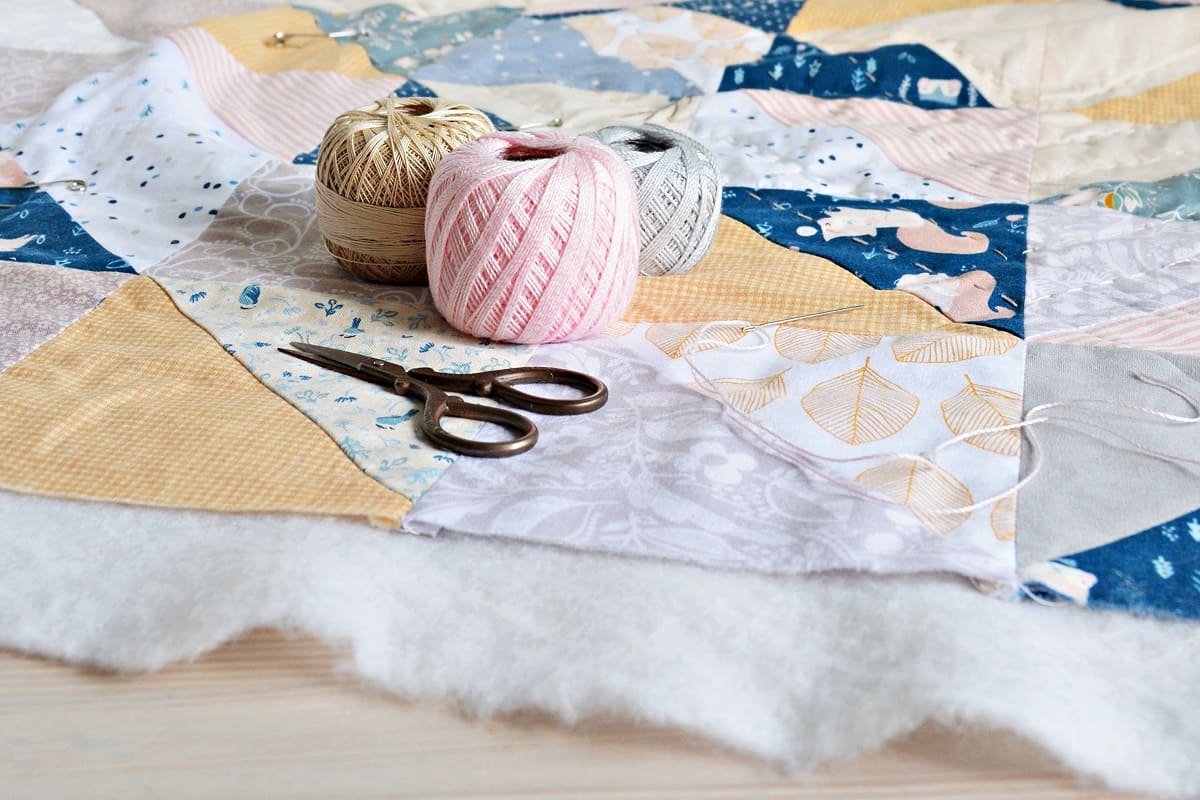
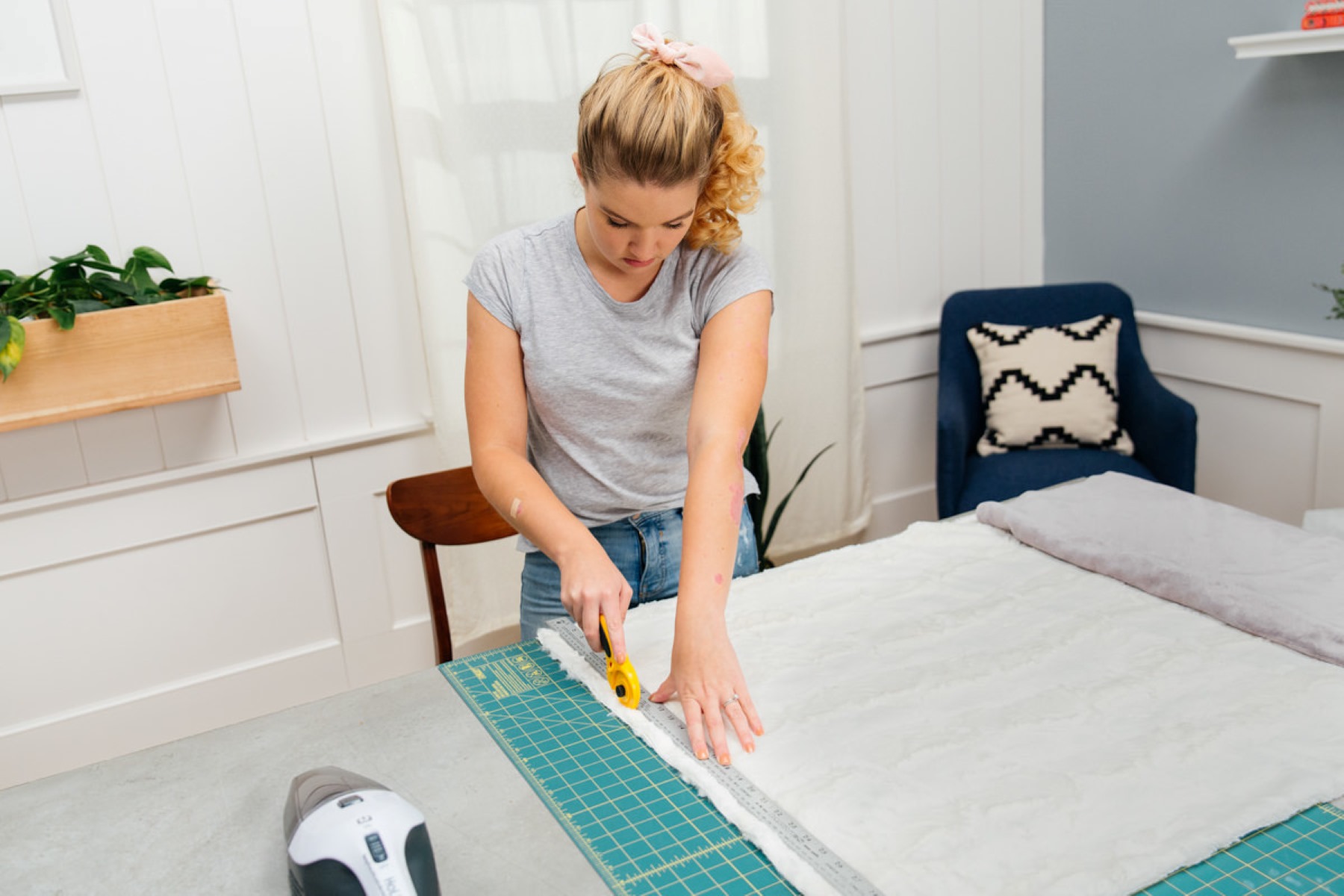
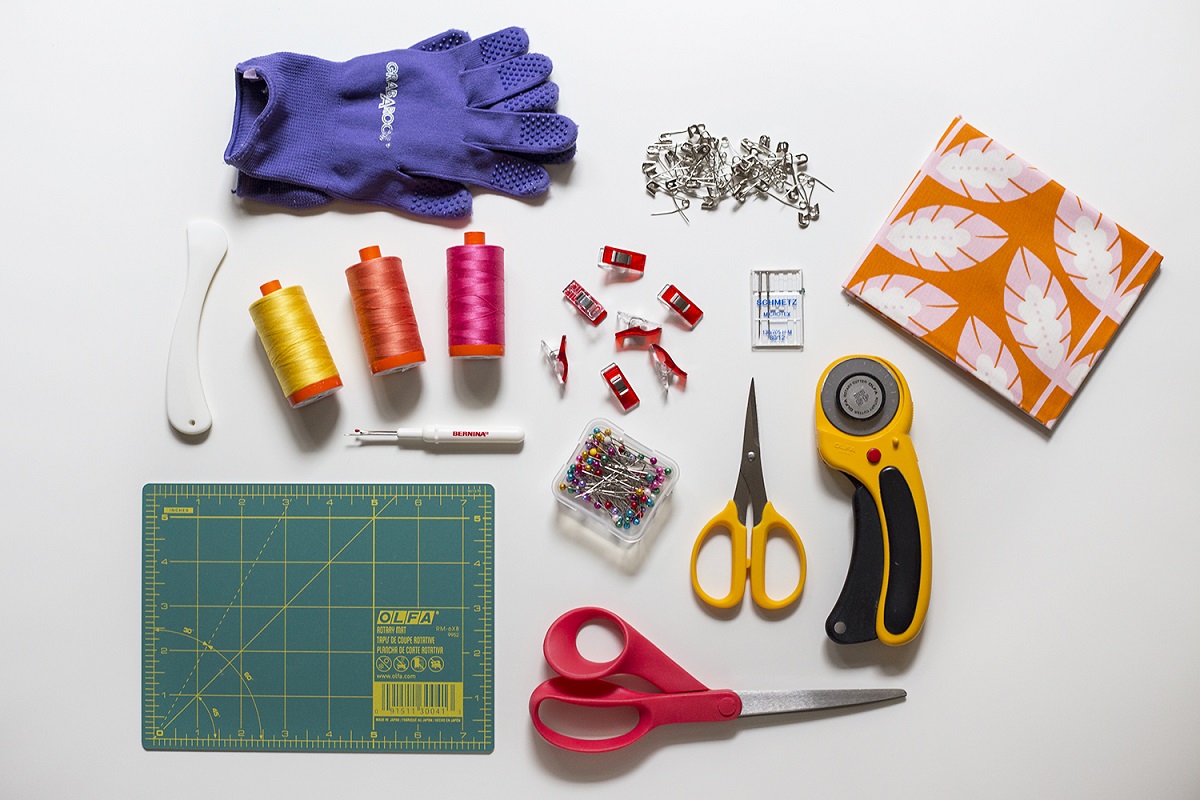

0 thoughts on “How Much Fabric Is Needed To Make A Quilt Backing”